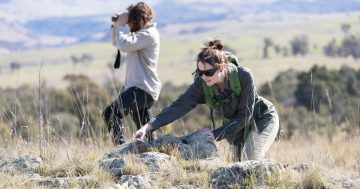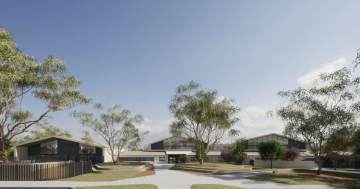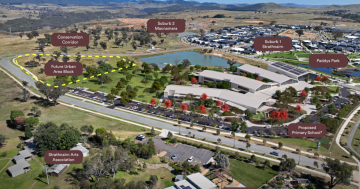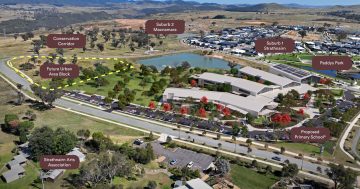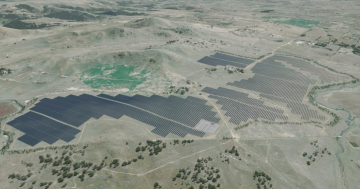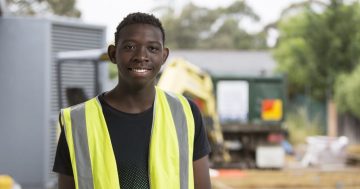
Ginninderry will revisit its masterplan at least every five years to ensure it meets the community’s needs and industry best practice. Photo: Ginninderry.
A good masterplan is like the North Star, steering a project to success, dodging disaster and scooping up opportunities along the way to optimise the outcome.
In greenfield developments such as Ginninderry, their importance cannot be overstated – and yet, their ideal execution begs flexibility.
Ginninderry project director Stephen Harding said one common misconception about masterplans was that they were set in stone.
“A masterplan is not a rigid blueprint. It effectively provides a framework to enable to plan for the future, but can and must be adapted and updated depending on circumstances and changing priorities,” he explained.
“Some people think it’s a statutory document, and it’s true that some elements are – but a lot of it is subject to change to ensure you can meet your goals now and into the future.”
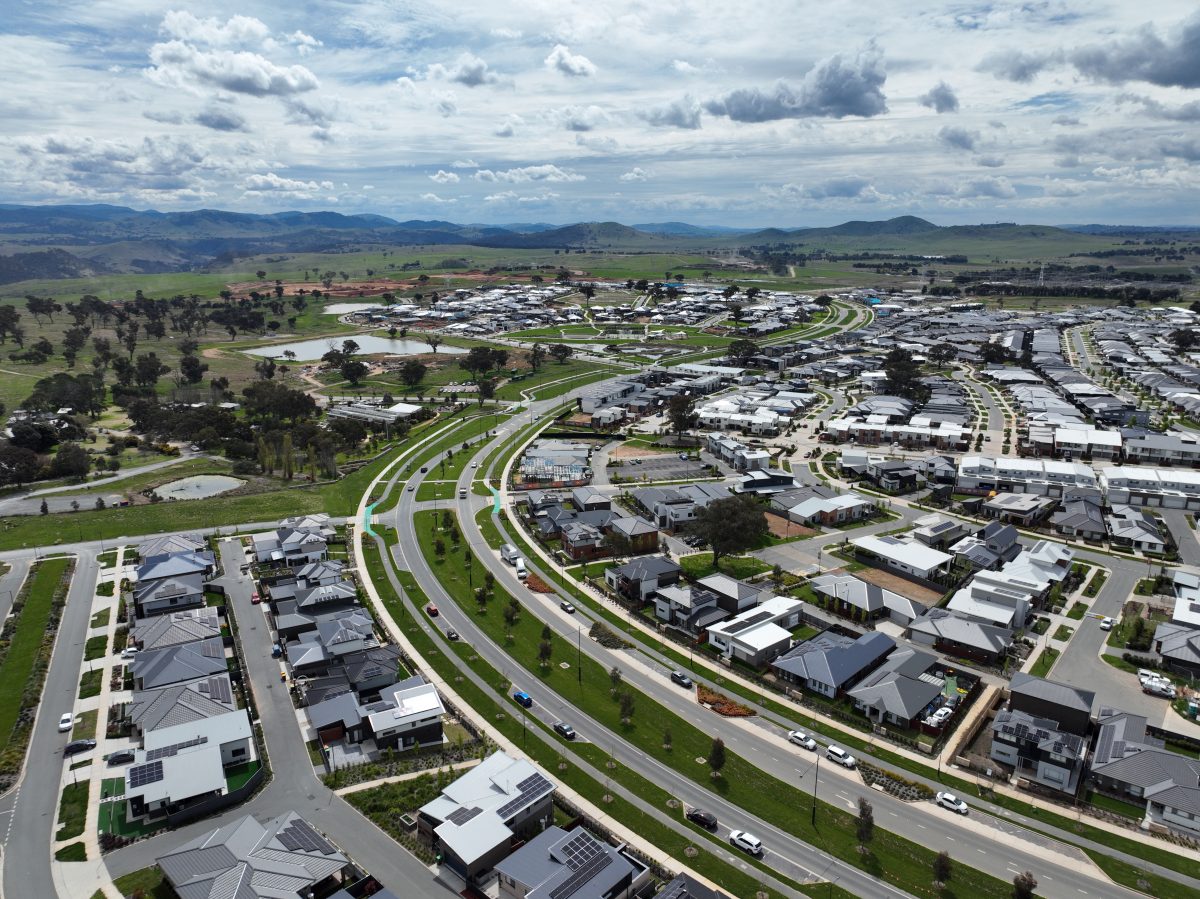
Ginninderry will eventually support 30,000 residents. Photo: Ginninderry.
The Ginninderry masterplan comprehensively lays out the long-term future of the development. It considers all the factors in land use, transportation, infrastructure and community services to ensure sustainability, efficiency and, most importantly, that it meets the community’s needs.
That’s precisely why it’s reviewed every five years at a minimum.
“We have 1500-odd residents here and will eventually support 30,000. Continually engaging with the community as we develop will be critical to our success,” Mr Harding said.
“It’s also important to maintain industry-best practices. Things constantly evolve and rigidity can be the enemy of keeping up.”
For example, Ginninderry has achieved a Green Building Council of Australia six-star “Green Star – Communities”, but the measures laid out in its masterplan to achieve its environmental objectives may pivot as technology or our knowledge of renewables evolves.
Mr Harding said another masterplan misconception was that they were strictly concerned with the physical design aspects of a project.
“They’re a lot more holistic than that. The physical design elements are at the end of the day what comes out of the masterplanning exercise, but it also takes into account the intangibles,” he said.
“How will the community engage with the planning and infrastructure? How have safety concerns been addressed? How has the resilience of the community been addressed?
“In a way, you’re working backwards from the end user – the community – to inform the details of your masterplan.”

Preserving Ginninderry’s conservation corridor is a critical consideration in the masterplan. Photo: Ginninderry.
Encompassing four suburbs in total, Ginninderry is a large-scale development. In some ways, the masterplan needed masterplanning.
For example, its display village and community centres are complex enough to require this level of planning on their own.
“It makes sense when you think about these things operationally and what’s needed to effectively communicate with the various stakeholders, consider their needs and priorities and avoid conflict,” he said.
“It’s a critical first step in the value chain. Without a masterplan, which hones in on where you’re proposing to get to, the outcomes you seek and how you plan to achieve that, you risk missing out on key opportunities of liveability.”
That word – liveability – is central to the Ginninderry masterplan.
Optimising liveability in Ginninderry has required analysis of the site including its unique topography, how water is captured throughout, prominent features and existing communities such as Strathnairn and of course, a jewel in the Ginninderry crown – the conservation corridor.
“Ginninderry comprises an extensive network of open spaces. The masterplan deliberates how best to overlay planning with consideration to the site’s attributes,” Mr Harding said.
“We’re blessed with beautiful natural features here. How do we plan sight lines to maximise the way households benefit from this while having access to neighbourhood parks, shops, a market centre, smaller local centres, schools, public transport, active travel pathways?
“But the masterplan for Ginninderry must also consider how we protect that land. And that’s not just in terms of the development, but also engaging our community to ensure they themselves respect and hopefully become custodians of it.
“The Ginninderry masterplan represents our best efforts to create a coherent, legible and sustainable plan that will result in a legacy we can all be proud of.”
For more information visit Ginninderry.














